
home > Pastor’s Desk > 2023 > April 21st > THE REST OF THE CROSS

Many people are attempting to create their own calm. Self-made calm is very difficult to create. The reasons for this are not only obvious but are also easily verified by everyone who has tried it. The peace and quiet sought from such a calm is too easily disrupted by the ordinary, everyday, pressures of life. Even those who seek the solace of calm by taking a vacation readily find that even there (on a beach, down a ski field, up a mountain, cruising around south Pacific islands) and then (summer, winter, autumn, spring) life’s uninvited surprises can be very disruptive. While mankind is generally unable to conjure the kind of calm that we each relish, there is a calm that comes from the knowledge that whatever may come our way there is One who knows us best and knows what’s best for each one despite our seemingly gravitational pull toward doubting it. Thus, while we long for a soul-enriching calm that dispels all of our anxieties, fears, uncertainties, and cravings for acceptance, there awaits each one of us a God-made calm that is offered freely because of the Eternal One who gave up His pleasure, comfort, riches, and divine acceptance, to make it possible when He was brutally spiked to a splintered Roman crucifix. What to many may just be a recollection of a moment which has inspired much religious art was actually a Moment that defined a turning point in time itself. Yet, sadly, today there are some who are “deconstructing” their faith in Christ based on a false idea that this Moment was when God the Father became “a divine child-abuser”! Yet, contrary to this distorted view of what God did, the actual delicious significance of this Moment is still etched into time itself time since before this Moment it is known as “BC” and the time after this Moment (when eternity intersected time itself) has become known as “AD”. Thus the result of this Moment was more profound than any one person has ever realised – especially those who claim to be deconstructionists – as evidenced by the tomes that have been written about it and are still being laboriously written by elderly and learned theologians who are filled to overflowing with awful wonderment. Here below is a glimpse of what they have come to realise happened as a result of this Moment and the infinite calm it now affords each of us who join in their wonderment.
¶ Since therefore the children share in flesh and blood,
He himself likewise partook of the same things,
that through death He might destroy the one who has the power of death,
that is, the devil, and deliver all those who through fear of death were subject to lifelong slavery.
For surely it is not angels that He helps, but He helps the offspring of Abraham.
Therefore He had to be made like His brothers in every respect,
so that He might become a merciful and faithful high priest in the service of God,
to make propitiation for the sins of the people.
Hebrews 2:14-17
WHY JESUS CHRIST HAD TO DIE BY CRUCIFIXION
Why do Christians insist that Jesus had to die? In fact, this insistence is part of the central claim of Christianity! Athanasius wrote that the death of Christ had to be a public spectacle so that it would be an undeniable and a humiliating death. He gave the reason why it was necessary therefore for Christ to die by crucifixion as it had to be a death whereby He was suspended in the air since His death would conquer the powers of the air (Eph. 2:2). The death of Jesus Christ is referred to in the Bible as: a sacrifice (Heb. 9:26), an atonement – something which covers and removes sin (Heb. 2:17; 1Jn. 2:2, NET), an offering (Eph. 5:2), a propitiation (1Jn. 4:10), a ransom [payment] (Matt. 20:28; Rev. 5:9), and as the fulfilment of the prophets (Rom. 1:2-4). These Scriptures have led theologians over the past two millennia to think through what Christ achieved when He was crucified. These theological considerations are categorised as Theories of the Atonement. Among the most prominent theories are: (i) The Ransom Theory; (ii) The Satisfaction Theory; (iii) The Christus Victor Theory; and, (iv) The Penal Substitution Theory. Since the atonement is central to all Christian beliefs it is important for us to understand what Christ has done for us.
(i) The Ransom Theory
For there is one God, and there is one mediator between God and men, the man Christ Jesus,
who gave Himself as a ransom for all, which is the testimony given at the proper time.
First Timothy 2:5-6
Christ’s death was seen by many of the Church’s earliest theologians as a ransom. Initially, much the discussion about this theory considered that the ransom for the release of all those who were held captive in sin. Thus, it was believed that God the Father paid the ransom to the devil. This narrow understanding of Christ’s atonement led other later theologians of the fourth century (such as Gregory of Nyssa and Cyril of Jerusalem) to assume this theory and imaginatively add that the devil was tricked “since the devil is himself a deceiver, he is justly repaid in his own coin” because he didn’t realise that Jesus was God incarnate (Bromiley, ISBE, p. 356).
‘When the enemy saw the power, he recognized in Christ a bargain which offered him more than he held.
For this reason he chose him as the ransom for those whom he had shut up in death’s prison.’
Gregory of Nyssa
The problem with understanding that the death of Christ was a ransom paid to the devil means that God was in the debt of the devil, which Adamantius of the fourth century described as an “immense and blasphemous folly” (Bromiley, 356). The notion that God ‘deceived’ the devil by sending His eternally begotten Son to be incarnated as a human is to accuse God of something that He is not capable of.
But we impart a secret and hidden wisdom of God,
which God decreed before the ages for our glory.
None of the rulers of this age understood this,
for if they had, they would not have crucified the Lord of glory.
First Corinthians 2:7-8
(ii) The Satisfaction Theory
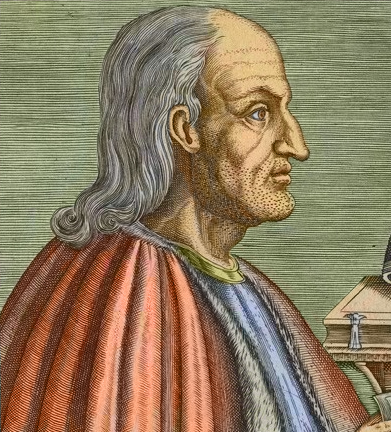
Anselm of Canterbury, line engraving, late 16th century
After theologians realised that the Ransom Theory, as it was taught by previous theologians, was inconsistent with what was known about God and His Word, they looked for a more adequate understanding of Christ’s atonement. By the eleventh century though, the Roman Catholic Church had already developed the concept of sacraments which ministered God’s grace to the faithful – particularly baptism and the eucharist (Holy Communion). In 1098, Anselm of Canterbury (England) wrote Cur Deus Homo (“Why was God a man?“) in which he argued that Christ’s death on the cross was the capstone of Jesus’ moral merit that satisfied God’s demand for righteousness. This merit earned by Christ’s life and death could be shared with someone through being baptised into the Church and being permitted to partake in Holy Communion which could only be administered by an ordained priest of the Church.
The problem with this theory, as it was expounded by Anselm, was that it was not grounded in what the Scriptures said about the value of Christ’s atonement:
The righteousness of God [comes] through faith in Jesus Christ for all who believe.
For there is no distinction: for all have sinned and fall short of the glory of God,
and are justified by His grace as a gift, through the redemption that is in Christ Jesus,
whom God put forward as a propitiation by His blood, to be received by faith.
This was to show God’s righteousness, because in His divine forbearance He had passed over former sins.
Romans 3:22-25
The Scriptures describes Christ’s blood (death) as a ‘propitiation’ for all human sins — not the merit of Christ’s goodness — and that every believer had obtained their resultant forgiveness by putting their faith in Christ’s sacrifice for them – not by the works of baptism or Holy Communion.
(iii) The Christus Victor Theory
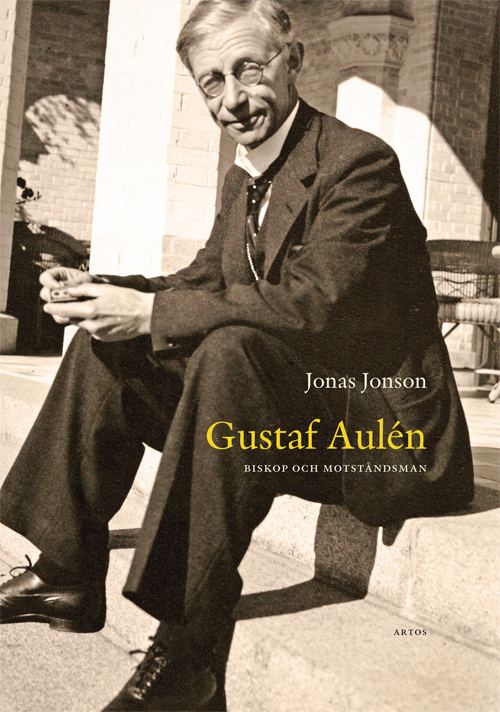 The developer of Christus Victor (Christ is the Victor) theory of Christ’s atonement was Gustav Aulén(1879–1997) was a Swedish Lutheran Bishop and theologian. Aulén asserted that Christ’s death on the cross, and subsequent resurrection, brought about His victory over sin, death, and the devil. Aulén’s book was published in English in 1931. His view of Christ’s atonement was largely in response to Anselm’s Satisfaction Theory (which was furthered developed by a succession of Catholic theologians to include not just the merit of Christ’s righteousness, but also the additional merits of past saints whose righteousness was also added to the pool of merit needed to atone for all humanity). Aulén argued that what Christ achieved on the Cross was the defeat of the forces of evil and the reconciling of God with the world. Rather than Anselm’s idea that the atonement merely brought about a change in each believer, Aulén’s proposal was that Christ’s atonement resulted in Christ imputing righteousness to each believer because He had conquered sin, death, and the devil.
The developer of Christus Victor (Christ is the Victor) theory of Christ’s atonement was Gustav Aulén(1879–1997) was a Swedish Lutheran Bishop and theologian. Aulén asserted that Christ’s death on the cross, and subsequent resurrection, brought about His victory over sin, death, and the devil. Aulén’s book was published in English in 1931. His view of Christ’s atonement was largely in response to Anselm’s Satisfaction Theory (which was furthered developed by a succession of Catholic theologians to include not just the merit of Christ’s righteousness, but also the additional merits of past saints whose righteousness was also added to the pool of merit needed to atone for all humanity). Aulén argued that what Christ achieved on the Cross was the defeat of the forces of evil and the reconciling of God with the world. Rather than Anselm’s idea that the atonement merely brought about a change in each believer, Aulén’s proposal was that Christ’s atonement resulted in Christ imputing righteousness to each believer because He had conquered sin, death, and the devil.
Now all things are of God,
who has reconciled us to Himself through Jesus Christ,
and has given us the ministry of reconciliation, that is,
that God was in Christ reconciling the world to Himself,
not imputing their trespasses to them,
and has committed to us the word of reconciliation.
Second Corinthians 5:18-19 NKJV
Aulén also demonstrated that there were many early theologians, most notably Athanasius, who also taught this concept of the atonement which led him to assert that this was actually the classic view of the Church before the Catholic views of Ransom or Satisfaction.
And you, who were dead in your trespasses and the uncircumcision of your flesh,
God made alive together with him, having forgiven us all our trespasses,
by canceling the record of debt that stood against us with its legal demands.
This He set aside, nailing it to the cross. He disarmed the rulers and authorities
and put them to open shame, by triumphing over them in Him.
Colossians 2:13-15
(iv) The Penal Substitution Theory
The most widely held view today by Evangelical Christians about the death of Christ is that Jesus was the ultimate one-and-for-all sacrifice for the sins of world, who was punished, as the Creed says, “for our sake”.
He has no need, like those high priests, to offer sacrifices daily,
first for His own sins and then for those of the people,
since He did this once for all when He offered up Himself.
Hebrews 7:27
In so doing, the wrath of God was poured out on Him as our substitute. This is what the Greek word hilasterion (Rom. 3:25) translated into English as propitiation entails – placating divine wrath. Perhaps the reason why some people struggle to imagine how God could be so angry with sin that He would respond in wrath is perhaps because they have yet to realise how deeply offensive and criminal the rebellion of His image-bearers actually is each time we disobey Him.
He is the propitiation for our sins,
and not for ours only but also for the sins of the whole world.
First John 2:2
The New Testament teaches us that Christ’s death on the Cross was a demonstration of the extent to which God loves us (Rom. 5:8). Rather than seeing God the Father as a “cosmic child abuser” the Cross of Christ reveals that God the Father, God the Son, and God the Holy Spirit each participated in the redemption of you and me. It was the Father’s intention to redeem those who had been ensnared by the devil. It was the Son of God’s intention to willingly go and enter into our world as the Incarnate Man who would live among us and die vicariously (as our Substitute). It was the Holy Spirit’s role to deliver the Son of God into the womb of the Virgin Mary and then come upon Him at His baptism by John. It was the Holy Spirit who raised the crucified lifeless body of Christ back to life. Thus, as Athanasius wrote in his AD 280 book, On The Incarnation of the Word, the atoning work of Christ began not at the Cross, but at the incarnation – and it didn’t end in the tomb of Joseph of Arimathea, but when Jesus was translated back into His Father’s presence after His ascension.
In CS Lewis’s book, Mere Christianity, he refers to the Ransom, Satisfaction, Christus Victor, and Penal Substitutionary theories of the atonement and states that in each theory there is an aspect of what Christ achieved for those He redeemed. Therefore, the atonement wrought by Christ is not meant to merely be a theological theory needing yet another Church Council to announce the winner, but as a wonderment that should cause the believer to drop to their knees in worship and: thank God they have been delivered from the one who held captive in sin and disgrace; to adore God all the more for their new legal standing in the courtroom of divine justice as we are each declared to have the righteousness of Christ; to glory in God for His almighty power over sin, death an devil; and, to sing praises to the Lamb who was slain as our Substitute who endured the wrath of God that justice might be served while God Himself could display His unsurpassed mercy and grace and unlimited love for us! Hallelujah!
And they sang a new song, saying,“Worthy are you to take the scroll
and to open its seals, for you were slain, and by your blood you ransomed people for God
from every tribe and language and people and nation,
and you have made them a kingdom and priests to our God,
and they shall reign on the earth.”
Revelation 5:9-10
When we begin to grasp what Christ actually achieved by atoning for sins on the Cross then conquering sin, death and the devil, we will soon see that there is a calm, a quiet, a peace, that can soothe our soul and enable us to endure life’s uncertainties. And in a world that is experiencing the worst mental health crisis in human history, this might be just what each need a little more of right now. So, stop trying to manufacture your own man-calm and receive the calm that your loving Heavenly Father already has for you. This is the rest of the Cross.
 Your Pastor,
Your Pastor,
Andrew
Let me know what you think below in the comment section and feel free to share this someone who might benefit from this Pastor’s Desk.
-
Sale!
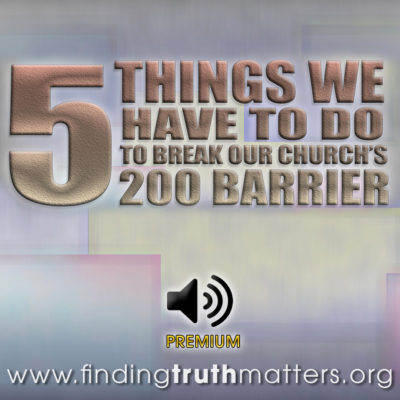
5 Things We Need To Do To Break Our Church’s 200 Barrier, Premium Audio
Original price was: $1.75.$0.95Current price is: $0.95. -
Sale!
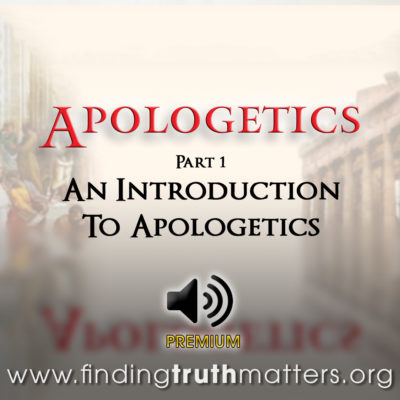
Apologetics Part 1 – Introduction To Apologetics, Premium Audio
Original price was: $1.75.$0.95Current price is: $0.95. -
Sale!
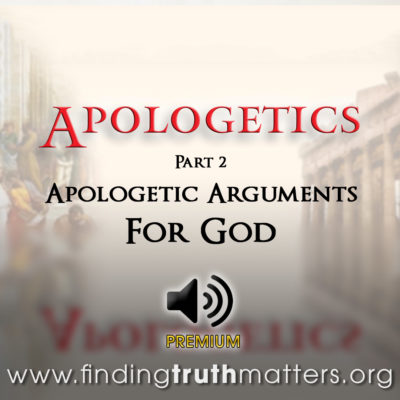
Apologetics Part 2 – The Apologetic Arguments For God, Premium Audio
Original price was: $1.75.$0.95Current price is: $0.95. -
Sale!
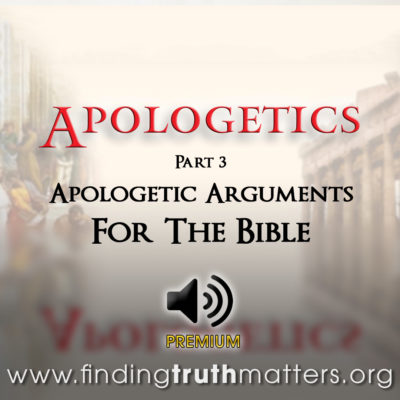
Apologetics Part 3 – The Apologetic Arguments For The Bible, Premium Audio
Original price was: $1.75.$0.95Current price is: $0.95.

0 Comments